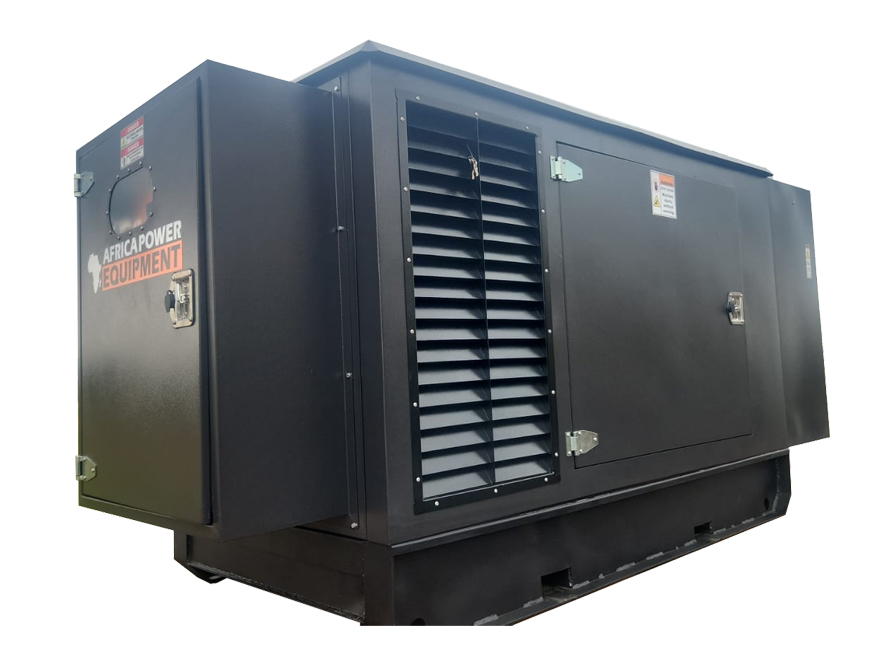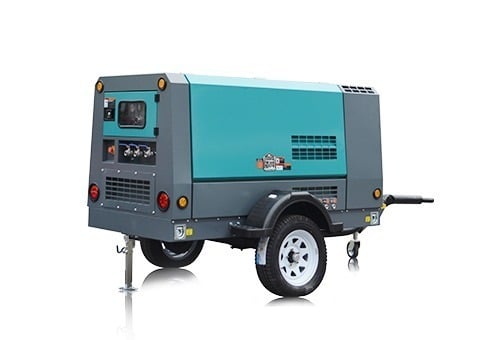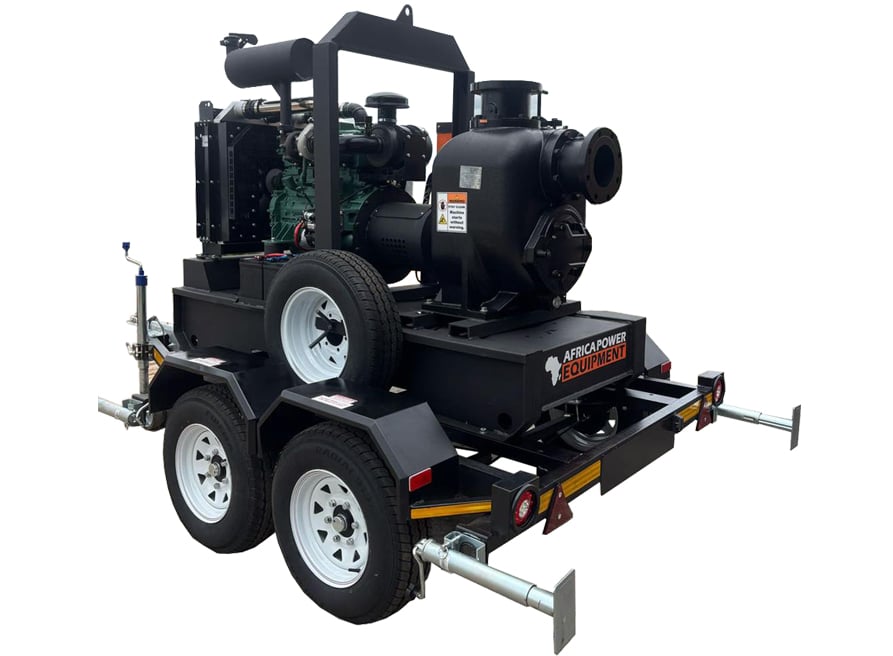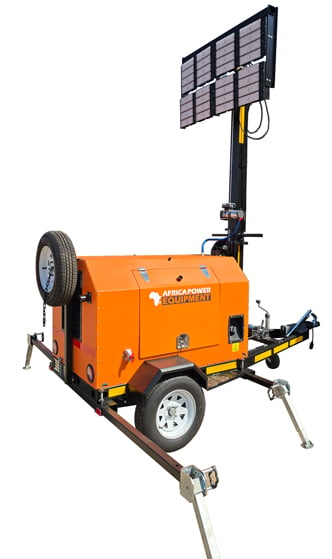Industrial Generator Sizing: What You Need to Know Before You Buy
Choosing the right industrial generator size is critical for keeping your operations running smoothly during power outages or in off-grid environments. Under sizing leads to overload and equipment failure, while oversizing increases costs unnecessarily. This guide walks you through the key factors to consider when sizing an industrial generator.
⚡ Quick Answer
To size an industrial generator correctly, calculate your total power requirements (in kW or kVA), account for starting loads of motors, consider phase requirements (single vs. three-phase), and allow a margin for future expansion. Always factor in fuel type, altitude, temperature, and duty cycle for optimal performance.
1. Why Generator Sizing Matters in Industrial Applications
A correctly sized generator ensures:
-
Stable operation of machinery and equipment
-
Reduced downtime during outages or off-grid work
-
Lower maintenance due to reduced wear
-
Cost-efficiency by avoiding overuse or overspec
🔧 Industrial settings often involve heavy motors, compressors, and variable loads — all of which require careful planning.
2. Step-by-Step: How to Size an Industrial Generator
a) List All Equipment Loads
Include all devices the generator must power:
-
Motors
-
HVAC systems
-
Compressors
-
Pumps
-
Lighting
-
Control systems
-
Office/IT infrastructure
b) Calculate Total Wattage or kVA
Use this formula:
kW = Total Amps × Voltage × √3 (for 3-phase) ÷ 1000
Add up continuous and starting (surge) loads separately.
c) Factor in Power Factor (PF)
Most industrial equipment operates at a power factor between 0.8 and 1.0.
kVA = kW / PF
d) Add a Safety Margin
Add 10–25% extra capacity for future expansion or unexpected loads.
3. Understand Load Types
| Load Type | Characteristics |
|---|---|
| Resistive | Constant draw (lighting, heaters) |
| Inductive | High startup load (motors, compressors) |
| Non-linear | Includes harmonics (UPS systems, variable frequency drives) |
🛠 A common mistake is not accounting for motor starting loads, which can be 5–7 times higher than running loads.
4. Common Generator Sizing Mistakes to Avoid
-
❌ Ignoring peak starting loads
-
❌ Not considering future equipment expansion
-
❌ Selecting single-phase when 3-phase is needed
-
❌ Choosing the wrong power factor
-
❌ Misjudging environmental conditions (altitude/temperature)
5. Additional Considerations
🔋 Fuel Type:
-
Diesel: Most common for industrial use — durable and efficient
-
Gas: Cleaner but may not be ideal for high-load industrial settings
🌡 Environmental Factors:
-
High altitude and heat reduce engine power. De-rate the generator by 3–5% per 300m above sea level or per 10°C above 25°C.
⚙ Duty Cycle:
-
Will the generator be used for prime, standby, or continuous duty?
| Duty Type | Description |
|---|---|
| Standby | Backup during outages only |
| Prime | Main power source for variable load |
| Continuous | Main source for steady, non-variable load |
6. Example: Generator Sizing for a Factory in South Africa
Scenario:
-
Equipment: Compressors (15kW), 3 Motors (10kW each), Lighting (5kW), Control systems (2kW)
-
Total running load = 52kW
-
Motor startup surge = ~2.5 × 30kW = 75kW
Recommended generator size:
~100kVA (80kW at 0.8 PF), allowing buffer for surge and expansion.
7. Internal Linking Opportunities
8. Frequently Asked Questions
Q: What happens if my industrial generator is too small?
A: It may overload, overheat, or shut down frequently, reducing its lifespan and damaging connected equipment.
Q: Can I size a generator myself?
A: For industrial use, it’s best to consult an expert or use professional sizing software due to complexity.
Q: Should I use one large generator or multiple smaller ones?
A: It depends on redundancy needs and budget. Multiple units offer flexibility but increase installation and maintenance complexity.
Conclusion
Industrial generator sizing is not one-size-fits-all. It requires a detailed understanding of your load profile, application type, and environmental conditions. A properly sized generator delivers reliable power, operational efficiency, and long-term savings — essential for South African businesses dealing with load shedding or off-grid demands.
💼 Need help sizing your industrial generator?
👉 Contact Africa Power Equipment today for expert advice and reliable power solutions.





